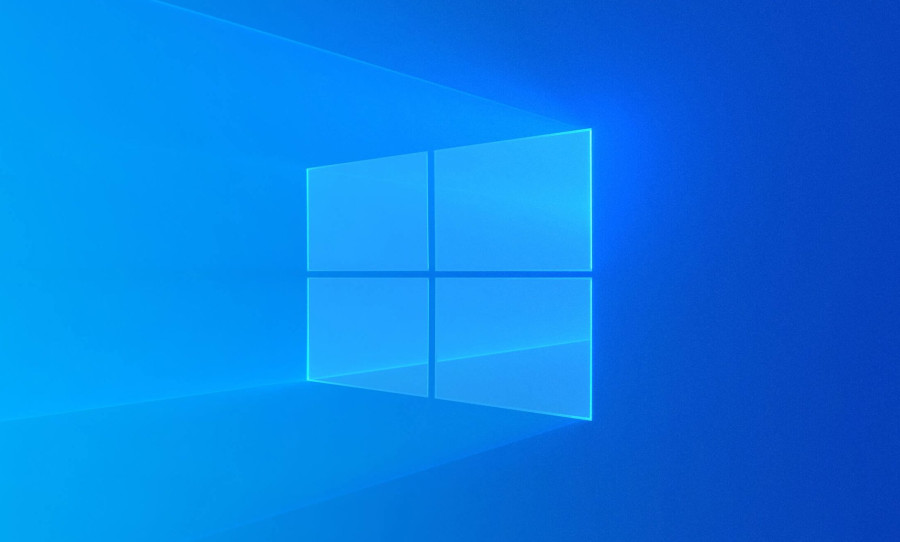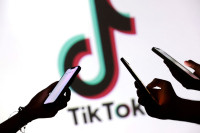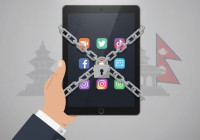Science & Technology
Is Windows 10 essentially free?
Since the launch of Windows 10 back in 2015, the operating system has received monumental feature set upgrades for free.
Prajesh SJB Rana
Much like the craze for Apple iPhones, the launch of Windows 95 in 1995 was one of the most hyped events with potential customers lining up outside tech stores to get a hand on Microsoft’s new Windows operating system. A similar customer response was triggered during the launch of Windows XP but as physical sales declined due to advancements in internet technology, these lines quickly turned into a thing of the past. Windows now come pre-installed with laptops and pre-built desktops; home users can also easily download Windows 7 from the internet with only a license key required to fully activate the operating system. Gone were the days of multiple floppy disk installations, DVD installation disks and even service pack updates that came in physical media storage (remember Windows XP SP3 update disks).
Today, these update packs are a thing of the past and we receive regular updates every few weeks from Microsoft. Fundamentally, the way Windows works has also changed with the release of the company’s latest Windows 10. Since the launch of Windows 10 back in 2015, the operating system has received monumental feature set upgrades for free. The latest May 2021 update, 21H1, looks very different to the initial launch and many new features have been implemented as well, and all of these additional features come for free. Even during the initial launch of Windows 10, Microsoft gave out free upgrades to their latest version of Windows if users had a legitimate copy of Windows 7 or 8. This free upgrade works even now while even pirates who’ve bypassed Microsoft’s authentication servers have also received genuine copies of Windows 10 when upgrading. Installing a pirated copy of Windows 10 also yields genuine licenses sometimes.
So what is happening? Why is Microsoft giving out free copies of their best-selling software? Many software manufactures these days run on a software-as-a-service (SaaS) model, a model where companies don’t create a software for consumers to own, but rather a license to use software that is constantly updated and upgraded over time through the internet. Many Microsoft competitors had already gone this route with Apple providing free operating system upgrades for their products and Google doing the same with their Android systems. Creative software giant Adobe also shifted to the SaaS model with the introduction of their Creative Cloud set of applications in 2011, all Adobe applications are now service-based with users required to pay a monthly license fee for use of their products. This also means that unlike older versions of Adobe software, you don’t need to update your suite with every incremental update. This also enables Adobe to implement more robust features like cloud storage and cross-application libraries.
But while Adobe still earns revenue for their applications through their license sales, Microsoft with Windows 10 earns nothing through free Windows users. The same goes for Apple and Google, why would companies provide software as complicated as an operating system for free? While Microsoft does have handicaps in place to push users to pay for a Windows license, like the annoying watermark and disabling of the personalisation panel, Windows still works fine albeit with these annoyances; all the features are still there and Windows 10 doesn’t lock you out from using your device after a trial period like most older versions of Windows did.
Microsoft also seems to be going the SaaS route with Windows 10 since the company seems to consider this version of Windows to be their last. Microsoft seems to be pushing for long term support for Windows 10 and considering that Windows 10 is now almost six years old and the operating system is still receiving large updates, Microsoft seems to be least bothered by the free use of their operating system, larger original equipment manufacturers (OEMs) still pay for these licenses for use on their devices while businesses also pay for Windows for deployment. For everyone else, Microsoft seems to be more interested in getting users on Windows 10 rather than focusing on the revenue. Once users are on Windows 10, Microsoft can easily advertise their own paid products, like Office 365, a SaaS version of the Office suite that follows a monthly payment model, and OneDrive, Microsoft’s own cloud storage platform that also works on a monthly subscription model depending on your storage needs.
Windows 10 also features an App Store, just like Apple and Google where most of the revenue for software is shared with the parent company. Along with Microsoft’s implementation of the Universal Apps Platform, the company wants users to be invested in their entire ecosystem rather than treat Windows as a stand-alone product. All Microsoft products like IOT devices, augmented reality headsets like Hololens and gaming consoles like Xbox all run under Windows 10 architecture which all applications will be cross-compatible with all of their devices. We’ve seen some Xbox exclusive games make it to Windows through the Windows App store these days.
Windows being free does come at a cost for the users and this comes in the form of big data collection. Windows 10 is notorious for keeping all kinds of data on its users and even using user’s PCs as nodes to seed Windows updates (Windows uses your internet to send out updates to other systems on your internet network by default). If you’re on Windows, looking up ways to improve your privacy and turning off data collection features might be a good idea.
Unlike the Windows of the past, Windows 10 today comes practically free. If you paid for Windows 10, you’ve received 6 years of continued free support with many more years to come. And even if you have been pirating Windows, you still get free updates regardless. While Apple and Google have been providing free updates, Microsoft’s embracement of SaaS was critical in keeping the operating system competitive among its competitors.




 17.12°C Kathmandu
17.12°C Kathmandu











